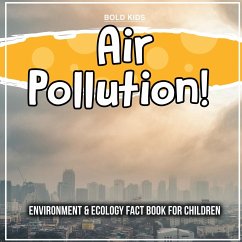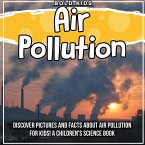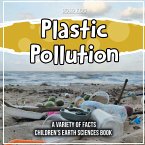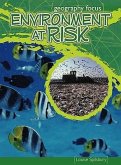If you're looking for a way to educate your children about the dangers of air pollution, here are a few interesting facts about air pollution. These toxins can affect human health in a number of ways. For example, if you live in a city, you can be exposed to high levels of benzene, a carcinogen. You can also be exposed to dangerous amounts of lead and asbestos, which can lead to a variety of different illnesses.You may be surprised to learn that air pollution is one of the world's most serious environmental problems. While we don't notice it, constant exposure to air pollution poses high health risks, including the risk of premature death. It's not easy to get your kids to understand all the facts about the dangers of air pollution, but a basic knowledge of the effects of the problem can help them make the right decisions about their health.The main cause of air pollution is the production of pollutants like benzene. These pbooks have a diameter of 2.5 micrometers, which makes them more likely to enter the lungs and cardiovascular system. As a result, they can increase the risk of developing certain diseases, including cancer and heart disease. According to WHO guidelines, the concentration of PM2.5 in the air should be less than 10 micrograms per cubic meter per year. However, most of the world's population lives in areas that have levels of benzene higher than this limit.








